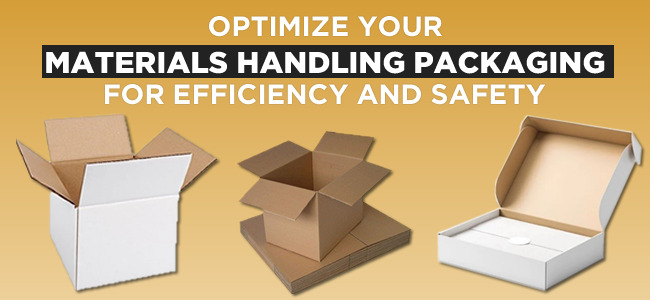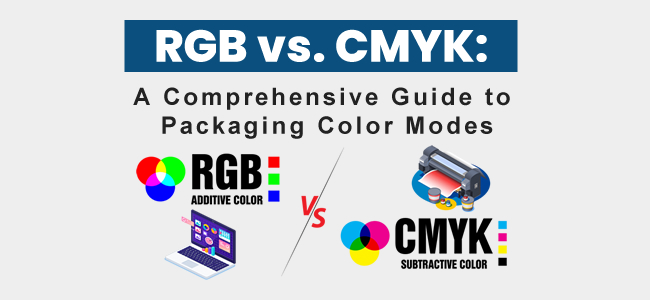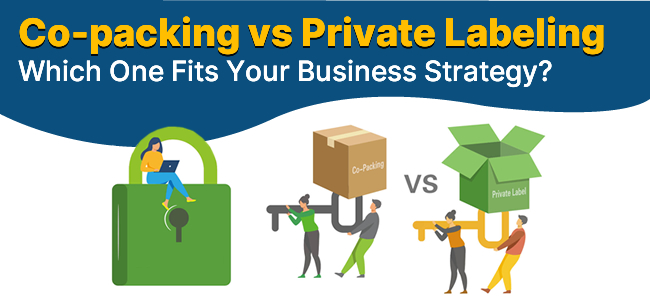Efficient and safe materials handling packaging is crucial for businesses looking to enhance functioning and protect products during transportation, storage, and handling. By optimizing packaging, companies can increase productivity, minimize costs and prioritize employee safety. This article analyzes the strategies and best practices to optimize materials handling packaging by giving valuable insights for businesses seeking to streamline their processes.
Understanding Your Products and Handling Requirements:
If we want to know product handling then the most important thing is a comprehensive understanding of your products and their proper handling requirements. Think about the factors such as size, weight, fragility, and any special handling considerations. If the product is fragile then more attention is needed against the nonfragile products. The knowledge about the product will guide you in selecting suitable packaging materials, designs, and protective measures for product safety.
Choosing the Right Packaging Materials:
Select packaging materials that align with your product’s needs. There are different types of packaging materials used for the packing.
Corrugated Boxes:
As we know corrugated boxes are made up of different layers of cardboard and are very thick. These boxes can be customized to help in the protection of heavy products. Versatile and cost-effective, corrugated boxes give super protection against collision or crashes and can be customized to fit specific dimensions.
Protective Cushioning:
Use foam inserts, bubble wraps, or air pillows that cover the small spaces around the product. These cushions prevent the movement of products during transportation. This is the best thing for the safety of delicate products during transportation.
Pallets and Stretch Film:
The stretch films or pallets are user-friendly, and commonly used to protect fragile products during handling. These materials are more efficient and economical which provide stability during transportation and protect from physical damage.
Dunnage Bags:
Dunnage bags are inflated bags, which are put between the items like containers or large boxes. These bags Prevent movement and protect against damage to fill void spaces in shipping containers when shipping the products in large quantities.
Implementing Efficient Packaging Design:
Design packaging for optimal efficiency and reduced handling risks, which are the following:
Right-Sizing:
While packaging we should avoid extra layers of packaging that add unnecessary weight and cover more storage space. Right-sizing packaging minimizes material waste, reduced shipping costs, and improves efficiency.
Stackability and Nesting:
When you put the product in a container, you should keep in mind to create packages that can be easily stacked or nested to maximize space utilization during storage. This helps in optimizes storage capacity and lowers the additional handling requirements.
Clear Handling Instructions:
When you wind up the packaging procedure, label packages with proper handling instructions, about fragility, weight limitations, and lifting techniques. This procedure reduces the risk of accidents and product damage.
Prioritizing Safety Precautions
Ensure workplace safety when handling packaging:
Hazardous Materials:
The most critical packaging issue arises in hazardous materials. It should be in your mind to write safety regulations and guidelines on packaging. when handling hazardous materials use appropriate labeling, warning signs, and protective equipment to prevent accidents.
Load Stability:
The products are packed according to their load, then they will b stabilized automatically. Package and palletize loads securely to maintain stability during handling and transportation. This prevents accidents and damage to products and people.
Leveraging Technology
Use technology to optimize materials handling packaging. Some of the packaging are the following:
Automation packaging:
Packaging automation is the process of packaging without manual human intervention. This is the automated packaging systems, such as box forming, filling, and sealing machines, as well as robotic palletizing systems. Automation helps in improves efficiency and minimizes manual labor.
Warehouse Management Systems (WMS):
A system that controls the operations of the companies to control and manage the products from the moment goods enter or distribute until the moment all processes of packaging and delivery are complete. WMS points out chances for improving packaging efficiency and minimizing errors.
RFID and Barcode Technology:
Radiofrequency identification uses radio waves to identify objects. This device read information from a distance without making any physical contact.
This technology helps in efficient inventory management and increases traceability throughout the supply chain.
Conclusion
Optimizing materials handling packaging is important for increasing efficiency and ensuring safety in business performances. By understanding product demand, selecting appropriate packaging materials, manage safety precautions then businesses can gain prominent improvements. Investing in optimized packaging minimizes costs, enhances productivity, and protects the products and employees, contributing to overall business success.





